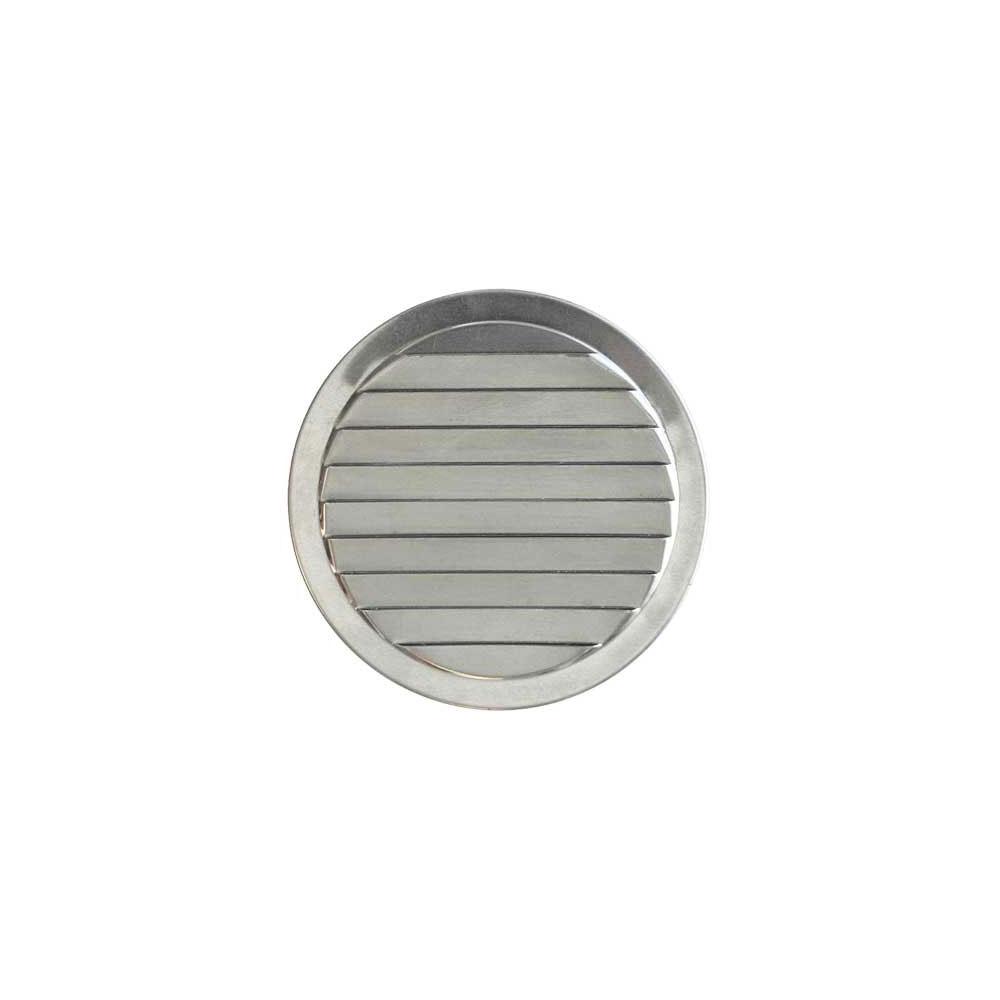But before you cut any holes plan the locations of the attic vents.
Covering attic ventilation holes.
Inspect the holes with a flashlight to make sure.
Before actually cutting holes for your vents take the time to carefully consider the placement of the soffit vents.
Add soffit venting first.
Here s how to keep the air moving with soffit vents.
It comes on an easy to install flexible mesh roll and is hand nailable with no complicated fitting wrapping nail gun adapters connectors or end plugs needed.
When installed as part of a properly balanced when installed as part of a properly balanced attic ventilation system gaf cobra exhaust vent is a shingle over exhaust vent installed at the roof ridge that helps exhaust excess heat and moisture from your attic.
Photos 1 6 show how it s done.
A well ventilated attic offers four benefits.
Made of heavy duty 24 gauge galvanized steel with a reinforced backside that can hold more than 700 lbs.
The old still reliable method of venting the soffit involves cutting.
It prevents mildew growth and rot on your roof s framing and sheathing by.
Mark the roof venting locations from the attic where you can see the rafters and avoid placing roofing vents over them.
Set up an extension ladder to reach the ventilation holes along the eaves.
The quarrix smart plug roof patch is the smartest solution for covering holes in the roof fast.
Cut hardware cloth to size.
A simple way to help provide ventilation in your attic is to install soffits between the attic rafters.
Beneath the roof eaves in the soffit is the standard place to install intake vents because it s the lowest spot in the roof.
However in order to do so you ll need to cut holes between the rafters in your attic and lower ceiling.
Installation of this type of attic ventilation involves leaving a gap in the sheathing along the ridge and covering it with a perforated vent.
It is an easy plug solution that makes converting from static vents to ridge ventilation products faster and stronger than other methods.
Butt a cardboard template against the fascia and mark your soffit hole locations to begin.
It is a high pitch roof massive attic with only soffit ventilation around the sides of house they look original small holes clogged old vents only 22 around the house the holes looks to be about 2 x12 w vent covers 4 x16.
Static vents often protrude from roofline thanks to.
That said air resistance and interference such as vent grates reduces the area of true ventilation.
Generally speaking you need a ratio of 1 300 where for every 300 square feet of ceiling space you need 1 square foot of attic ventilation.

